Key Takeaways
- Microsoft made significant strides in embracing AI in 2023, introducing Bing Chat and expanding Copilot to various platforms and applications. However, Copilot’s integration in Windows still needs improvement.
- Windows 11 received noteworthy updates, including built-in screen recording, tab support in Notepad, and improved accessibility features. Version 23H2 brought a new File Explorer design and added support for various archive types.
- Windows 10 will no longer receive feature updates, but Microsoft introduced Copilot to the platform. However, users can opt for the extended security update program to continue receiving security updates after 2025. Windows 8.1 and Windows 7 officially reached the end of updates.
Just like that, 2023 is coming to an end, and it’s been an eventful year for the tech world. Microsoft, especially, has had an eventful year, and even as we’re looking at a potentially very exciting year in 2024, it’s a better time than ever to look back at what happened over the past 12 months.
From going all-in on AI with Copilot to completing its Activision acquisition, there has certainly been some big news. There have also been some very disappointing stories, like the departure of Panos Panay, the heart and soul of the Surface brand. Join us as we walk through everything Microsoft did in 2023.
A Copilot for everything
2023 was the year of AI everywhere
Right from the outset, it was obvious that Microsoft was going big on AI in 2023. In February, the company introduced Bing Chat, a completely new search experience powered by OpenAI’s GPT large language model (LLM), paired with Microsoft’s own searching chops to deliver a totally new experience for web search. It allows you to speak to your search engine with natural language queries — almost anything you want — and receive replies in the same natural language, summarizing results from all over the web to provide information more quickly. Bing Chat was a glimmer of hope that Microsoft could finally rival Google in the search engine department, and it drove a lot of interest, eventually prompting Google to offer something similar with Bard.
Bing Chat also lived in Edge, with extra features like composing text based on a set of instructions and generating images using DALL-E. Microsoft referred to Bing Chat as “your copilot for the web,†and a few months later, Copilot started becoming the brand for everything AI from Microsoft. At Build 2023, Microsoft announced Windows Copilot (now called Copilot for Windows), which brought the Bing Chat intelligence to Windows along with a few specific integrations. Copilot in Windows can change Windows settings, like turning on dark theme or starting a focus session. Microsoft even brought Copilot to Windows 10 later in the year, showing just how serious the company is about getting people to use it. But Copilot’s integration in Windows is still very lacking today, and even more so in Windows 10, so this venture has yet to bear fruit.
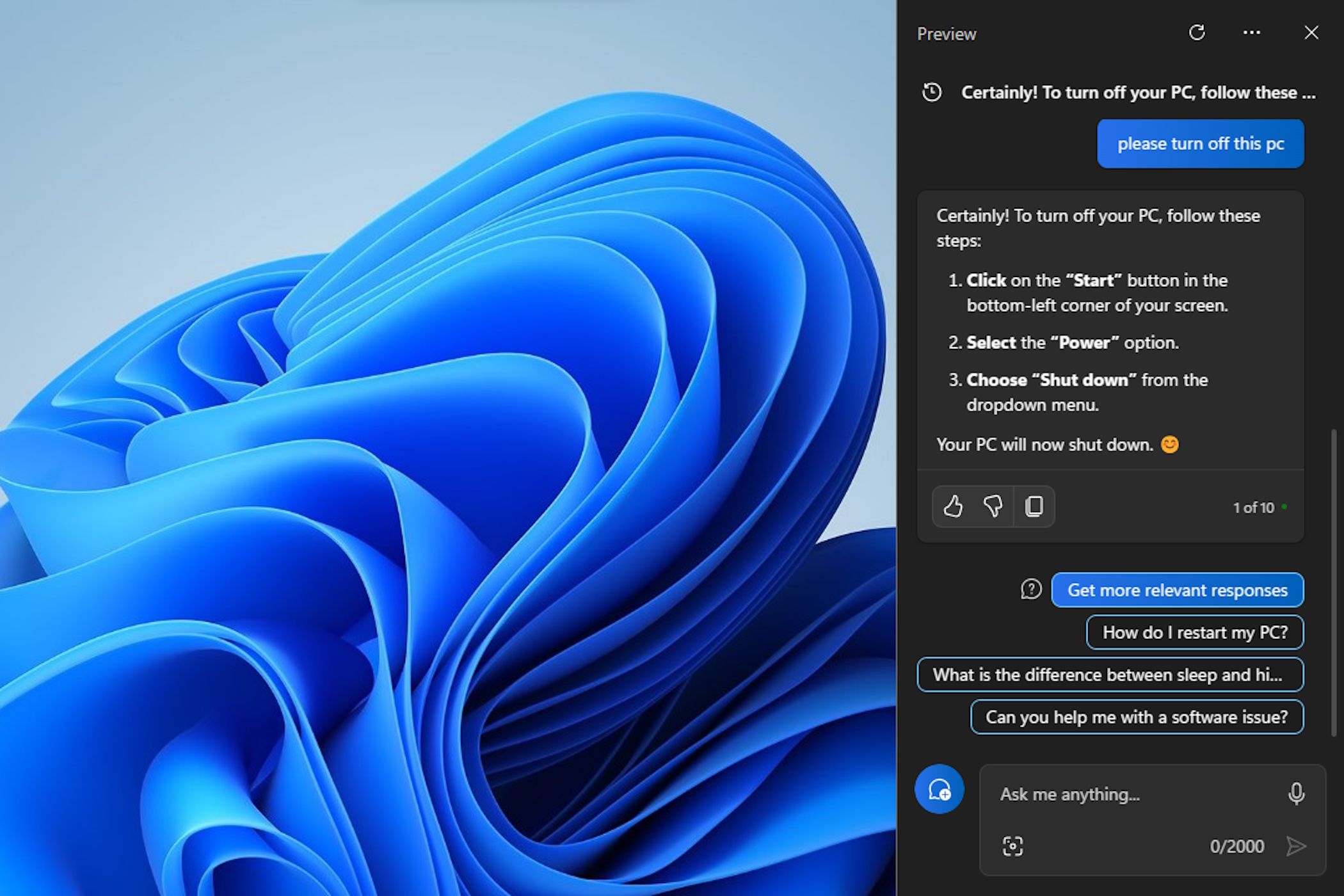
Copilot also came to Microsoft 365 and pretty much its entire suite of apps. It can help you write a full document based on a draft, summarize information from documents you’ve been working on or Teams meetings you took place in, write emails, and more. Microsoft has been bringing Copilot everywhere it can, and it’s set to make all kinds of workloads a lot easier. Copilot also has third-party integrations to make even more things possible through this chat-based interface.
At the end of 2023, it still feels like Copilot isn’t everything Microsoft wants it to be, but the company definitely put a lot of work into making Copilot the AI platform for the future. It’s been getting updates with GPT4, DALL-E 3, and new plugins, so it keeps getting better. Reports say AI will be properly infused into the next version of Windows, too, and the groundwork that’s been laid throughout 2023 is sure to play a huge role in the future of Windows. Microsoft even almost hired OpenAI’s CEO Sam Altman when he was briefly fired from the company and ended up strengthening its partnership with OpenAI.
Windows 11 gets big new features
Built-in screen recording and Notepad tabs (Moment 2)
Windows 11 got a few notable updates throughout the year, starting with the Moment 2 update in February. This was one of the smaller updates of the year, but it did include some notable improvements. For starters, it added screen recording to the Snipping Tool app, which was huge. Windows 11 never had a proper screen recording tool built-in, and adding this to the Snipping Tool was more than welcome.
Another big feature in this update was tab support in Notepad so that you can open multiple documents in the same window. It also introduced iPhone support for Phone Link, so you could sync some messages from your iPhone with your PC. Finally, support for third-party widgets on the widgets board showed up, with apps like Meta’s Messenger and Spotify already supporting it.
If you have a tablet or 2-in-1, this update also added a new taskbar that now collapses to a smaller state, freeing up more space for apps to open in full screen.
More accessibility and bringing back a much-requested feature (Moment 3)
A few months after the Moment 2 update, Microsoft released Moment 3, bringing even more new features to Windows 11. Again, this update wasn’t huge, but it did bring welcome improvements. Supported apps now let you copy security codes directly from notifications, akin to what happens on Android. The Settings app also got notable new features, with a new page for settings for USB4 devices and privacy settings for computers with presence sensors.
One small but noteworthy addition is seconds on the taskbar clock. It may seem small, but it was a feature that Microsoft removed in Windows 11 after having it in previous versions, and fans definitely clamored for its return, with third-party apps offering ways to restore that feature. Microsoft finally listened and gave us a native way to add seconds to our clocks.
For users outside the U.S., this update was also big for accessibility. Live captions added support for many new languages, including Italian, German, Portuguese, and Chinese. Meanwhile, voice access expanded support to other English dialects, such as the United Kingdom and Canada.
However, Windows 11 version 23H2 was the big one
The biggest update of the year, however, was version 23H2… kind of. Officially, most of these features are available for version 22H2, but Microsoft was weird about how it released these updates. Regardless, this update was big in more ways than one. Not only did it add Copilot, as we’ve already talked about, but there was much more. First off, File Explorer got a new redesign with a modernized interface that aligns even better with the rest of Windows 11. Plus, a new homepage shows more recommended content, especially for users with Azure Active Directory accounts.
The biggest update of the year, however, was version 23H2… kind of.
This update also added built-in RGB lighting controls, so you can change the lights in supported RGB peripherals without needing a dedicated app. The Settings app also got a new Home page, giving users quick access to the settings they use more frequently.
Additionally, a new backup and restore app can help you manage your backup settings and check your status. The restore experience itself is also better because your pinned apps are now restored, and you can simply click their icons to install the app.
One seemingly minor but very important improvement comes with native support for more archive types such as 7Z and RAR, so you no longer need third-party apps to open and extract them. There’s a lot more in this update, with a new Dev Home app for developers that can link with GitHub, the ability to create a Dev Drive to improve speeds for app development, support for HDR backgrounds, improved integration with Windows 365 cloud PCs, and a new sharing experience.
Some changes forced by the European Union
Windows 11 and 10 also received some changes in the EU due to the Digital Markets Act enforcing more user choice on digital platforms. Notably, Microsoft now has to allow third-party providers to search in the Start menu and for the news feed in the Widgets panel. This is actually very exciting news, as Microsoft’s news feed is terrible, and this change potentially makes it that much more useful. These changes will only go into full effect in 2024, but Windows Insiders can already try them, and that’s still a big deal.
Windows 10 won’t get any new features
No more feature updates are coming… aside from Copilot

While Windows 11 has been drowning in new features, Windows 10 is going in the opposite direction. Microsoft announced early in the year that Windows 10 would be getting no more feature updates, with version 22H2 released in 2022 being the last one. Of course, previous feature updates barely added anything to Windows 10 anyway, but to see it officially abandoned is still a milestone.
Microsoft kind of undid it by bringing Copilot to Windows 10 later on, though, which makes the company seem really desperate to push Copilot onto as many people as possible. Still, that should be the last time we see new features added to Windows 10
Security updates will be extended (if you pay up)
While Windows 10 isn’t getting any more features, if you’re one of the many users holding on to the older operating system, there is some good news for you. Microsoft also announced an extended security update (ESU) program for Windows 10, meaning you don’t have to upgrade to Windows 11 at the end of the regular support period in 2025. Microsoft also did this for Windows 7, but an interesting twist this time is that anyone, not just businesses, can buy into the program. By doing so, you’ll get security updates for up to three years after the end of the support date.
Windows Mixed Reality is going away
Microsoft drops yet another Windows 10 dream
Image credit: HPҠdata-modal-id=â€single-image-modal†data-modal-container-id=â€single-image-modal-container†data-img-caption=â€nullâ€>
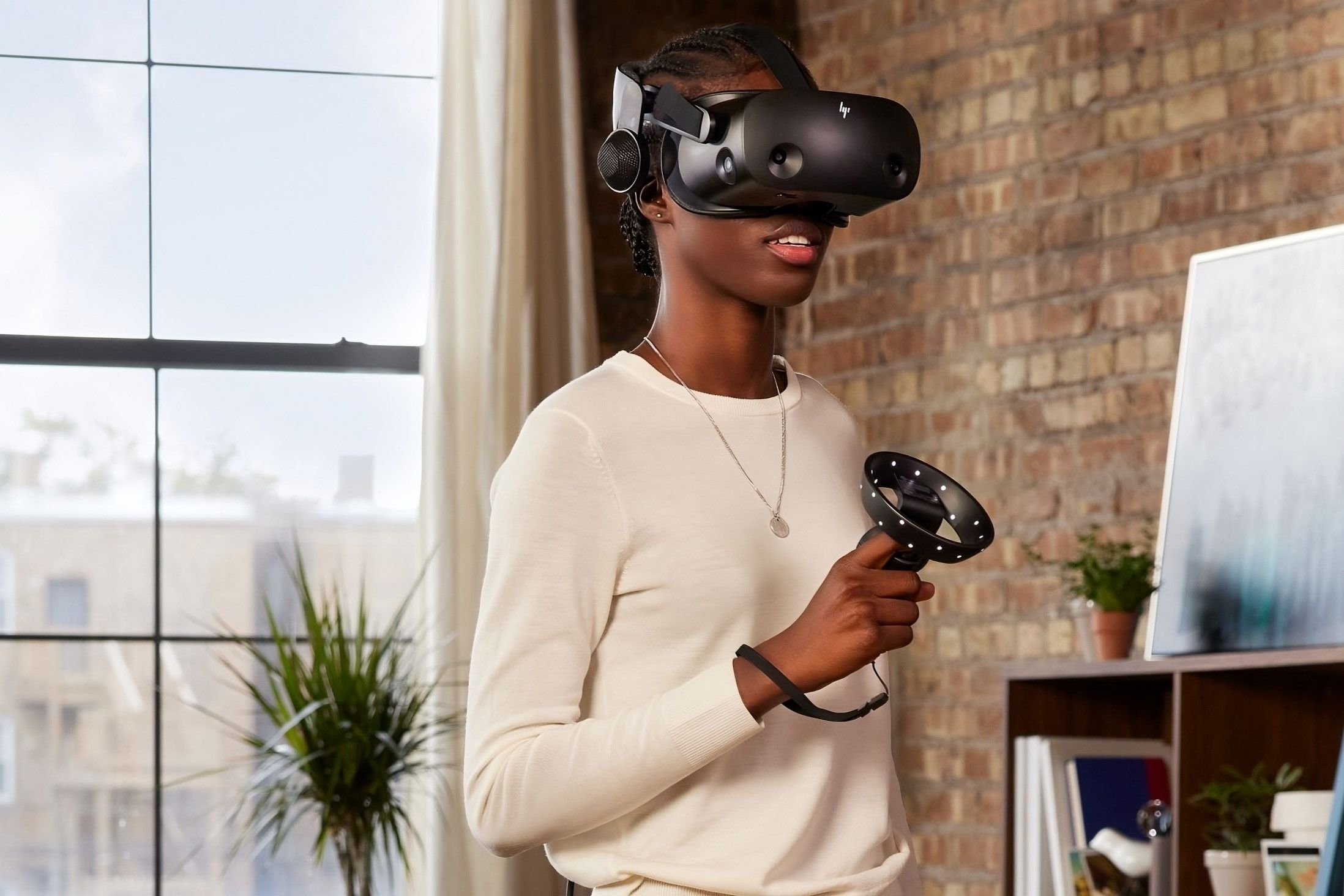
Image credit: HP
Right at the tail end of the year, Microsoft decided to announce the deprecation of Windows Mixed Reality, a feature that made its debut with Windows 10. Mixed Reality provides an immersive experience and a different way to experience your apps, along with, naturally, dedicated mixed reality experiences.
Windows Mixed Reality had gotten very little support in recent years, with no new hardware from Microsoft’s partners, so this news isn’t all that surprising. Windows Mixed Reality will be discontinued altogether in November 2026 for consumers.
Windows 7 and 8.1 are officially dead
No more updates for old Windows versions
Redmond PieҠdata-modal-id=â€single-image-modal†data-modal-container-id=â€single-image-modal-container†data-img-caption=â€nullâ€>
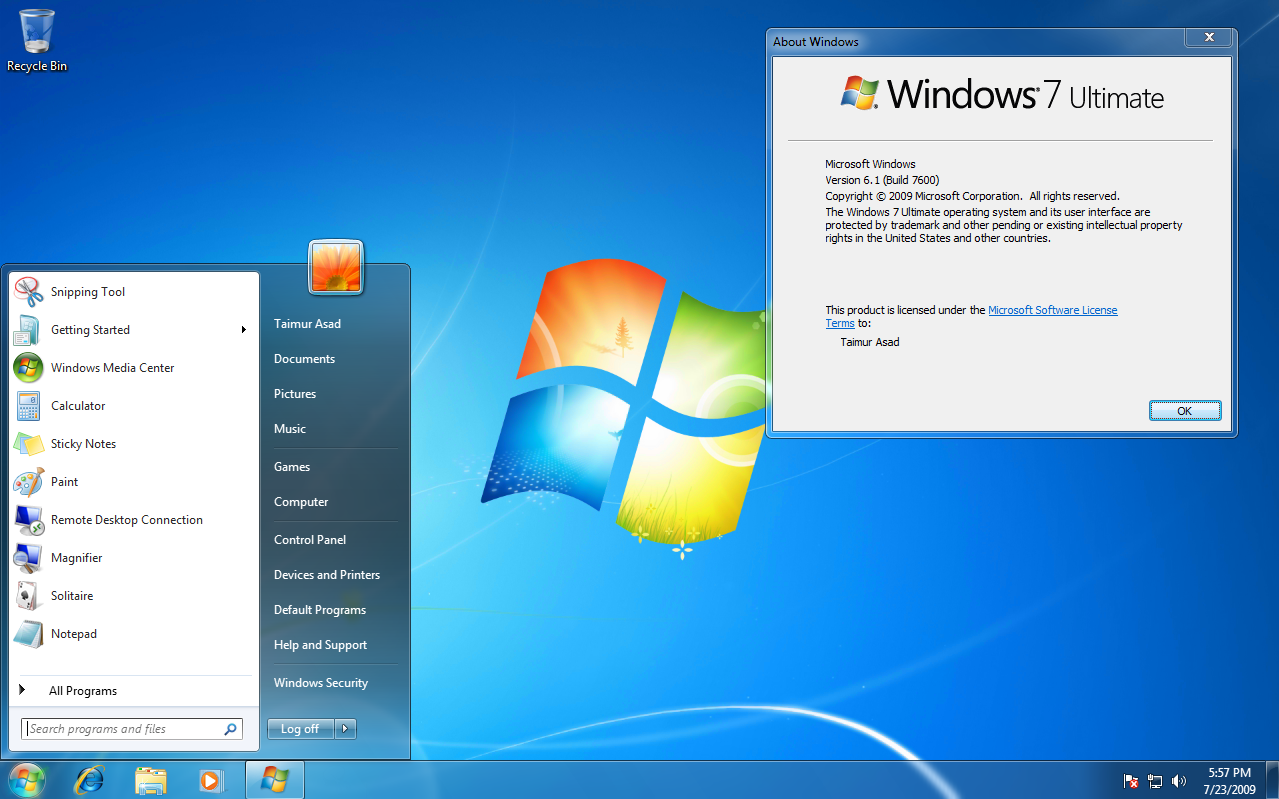
While Windows 10 is still getting some signs of life, the same can’t be said for its predecessors, Windows 8.1 and Windows 7, which received their final updates earlier this year. With the ESU program for Windows 7 extending its support for a few extra years, it ended up being killed off at the same time as Windows 8.1, and now, only Windows 10 and Windows 11 are supported. Windows 7 was supported for well over 13 years, which is still pretty amazing.
Surface as we knew it dies (but it also lives)
Without Panos Panay, the future is looking far less exciting
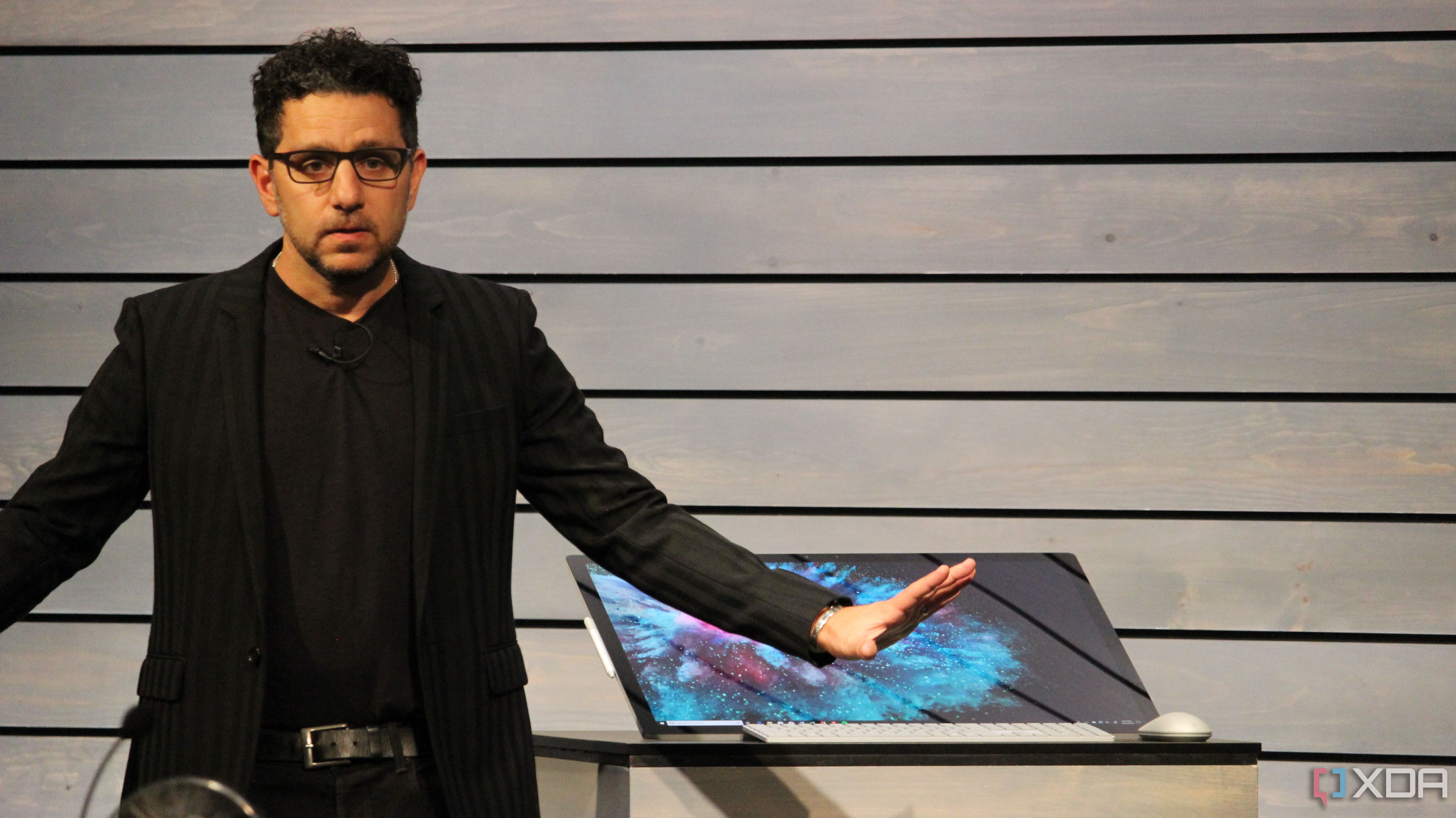
As per usual, this year also came with some new Surface devices, but this time, something was different. Microsoft announced that Panos Panay was leaving the company mere days before introducing its latest Surface devices, and it was truly disappointing. Panay was the leader of the Surface brand, and he was the heart and soul of those devices. Every time Panos got on stage to talk about Surface and Windows, you could feel the excitement and genuine passion coming from him, and he was the visionary behind all the cool form factors Microsoft tried.
Reportedly, Panay left precisely due to a desire from Microsoft to cut back on risky innovations, and that just reinforced how these devices are likely to be much more boring going forward. Microsoft is not historically good at generating excitement, and this was arguably the one exception to that. Without Panos Panay, the future of Surface is uncertain.
Surface Laptop Studio 2: The only exciting update this year
It didn’t help that Microsoft followed the news of Panay’s resignation with an unexciting Surface event. The focus was on AI, and the only standout device was the Surface Laptop Studio 2. The Surface Laptop Studio family legitimately has my favorite laptop form factor, and the performance upgrade in this unit compared to its predecessor is immense. We went from a quad-core processor to a 14-core one, and the upgrade to RTX 40-series GPUs was also very significant. The performance is leaps and bounds ahead of the first-generation model, and that alone made this a great product.
Microsoft also refined the hardware with a better haptic touchpad and a more premium aluminum finish. This did make the laptop a bit heavier, but it was never super light to begin with, so this was a worthy trade-off for the more premium feeling. This was easily the best Surface device of the year and arguably one of the best laptops out there.
Surface Laptop Go 3 and Surface Go 4 for Business: Small refreshes with little impact
The other two Surface devices launched this year were far less exciting. First, the Surface Laptop Go 3 was a refresh of a product that’s barely over a year old and one without much substance. Pretty much everything about this new model was the same, aside from the new processors. To be fair, Intel’s 12th-generation models are a notable upgrade from their predecessors, but everything else is fairly boring here. The display still has a relatively low resolution, there’s no Windows Hello facial recognition, and the keyboard isn’t backlit.
Then, there’s the Surface Go 4 for Business, the most baffling option of all. We had expected a totally new device with Arm processors as an option, but instead, Microsoft gave us very little. The Surface Go 4 comes with only Intel processors, and it drops the Core i3 option from the lineup, now offering just an Intel Processor N200. It does come with UFS storage now, so it’s a bit faster, but that’s kind of meaningless because the Surface Go 4 is a business exclusive. There’s no consumer version to speak of, at least for now, which is crazy considering this used to be Microsoft’s most accessible device.
But at least you can repair some Surface devices now
All of that is frustrating, but there is some good news with Surface this year. In June, Microsoft announced you can now buy repair parts for some Surface devices directly from the Microsoft Store. There aren’t a ton of devices supported, but if you have a Surface Pro 8 or 9, a Surface Laptop 5 or Laptop 4, or even a Surface Studio 2+, you can buy some repair parts from Microsoft and fix it yourself, avoiding some of the costs with a repair service, as well as the downtime that comes with sending a device off to repair. Hopefully, more devices will be added over time.
Microsoft accessories are gone, too
The focus is all on Surface now
Aside from Surface, Microsoft also had some sad news for other Microsoft hardware this year. The company decided to end production of most of its Microsoft-branded accessories, such as keyboards, mice, and webcams. You can still get keyboards and mice from the Surface brand, but this change means there are no more Microsoft webcams being made for now, and iconic products like the IntelliMouse are on the chopping block. If you can still find them for sale and you want them, you’ll want to grab them before they disappear from retailers completely.
Activision finally joins Microsoft
After a lot of legal challenges, Microsoft finally owns Call of Duty
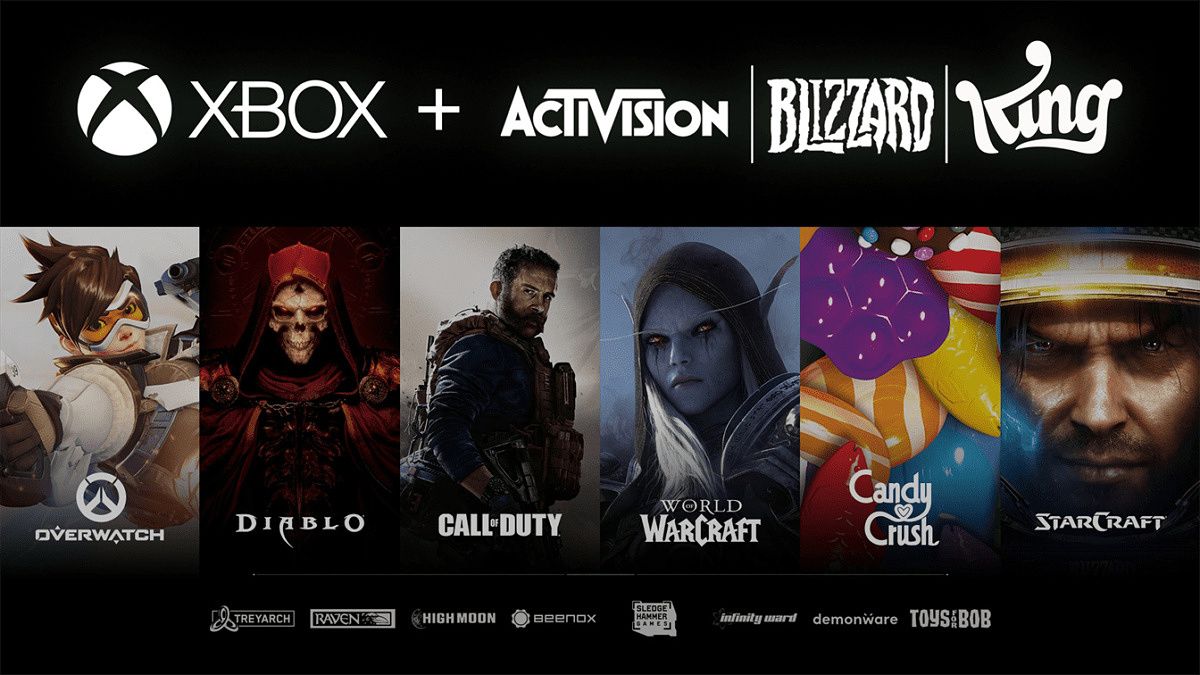
Microsoft announced its plan to acquire Activision for nearly $70 billion in early 2022, but it was only this year that the deal finally went through. This is the largest acquisition Microsoft has ever made, and as you might expect, it drew the attention of regulators, who feared that Microsoft might be smothering competition in the gaming space by buying one of the largest publishers in the world. But Microsoft made all the necessary concessions, promised Activision games would keep coming to other platforms (both consoles and cloud gaming providers), and finally got regulators to approve the acquisition.
Yes, that means Microsoft now owns some of the most popular gaming franchises, including Call of Duty, Diablo, and World of Warcraft. That’s not even mentioning what Microsoft already got when it bought ZeniMax not that long ago, with Doom, The Elder Scrolls, and Fallout. Microsoft has definitely put itself in a fairly advantageous position in the gaming space in recent years, and all that’s left now is for the company to capitalize on it. Arguably, some of Microsoft’s recent games haven’t justified its investments yet, but hopefully, that will change in the future.
And, in even more good news, the acquisition also means CEO Bobby Kotick will no longer be at Activision or Microsoft. If all goes well, that will help set a better path forward for the company’s internal culture as well.
Windows gaming handhelds get serious
It’s not just small brands anymore
Windows gaming handhelds aren’t exactly new, but there’s no denying that the Linux-based Steam Deck changed the industry. In 2023, Windows PC had to come up with responses to Valve’s tremendous success, and we got the Asus ROG Ally and Lenovo Legion Go, two great devices from two huge Windows partners. And this is just setting the stage.
You can bet there will be many more of these products in the coming years, and Microsoft has already started making some updates to improve the experience. It started small, but the new compact mode for the Xbox app already makes navigation easier on these smaller devices.
Unfortunately, Windows handhelds still have their fair share of problems compared to the Steam Deck, with driver, compatibility, and performance issues. Microsoft will need to get serious about improving this experience, but it’s clear that the stage has been set for even more Windows-powered handheld gaming PCs in the future.
The Qualcomm Snapdragon X Elite
Windows on Arm finally has potential
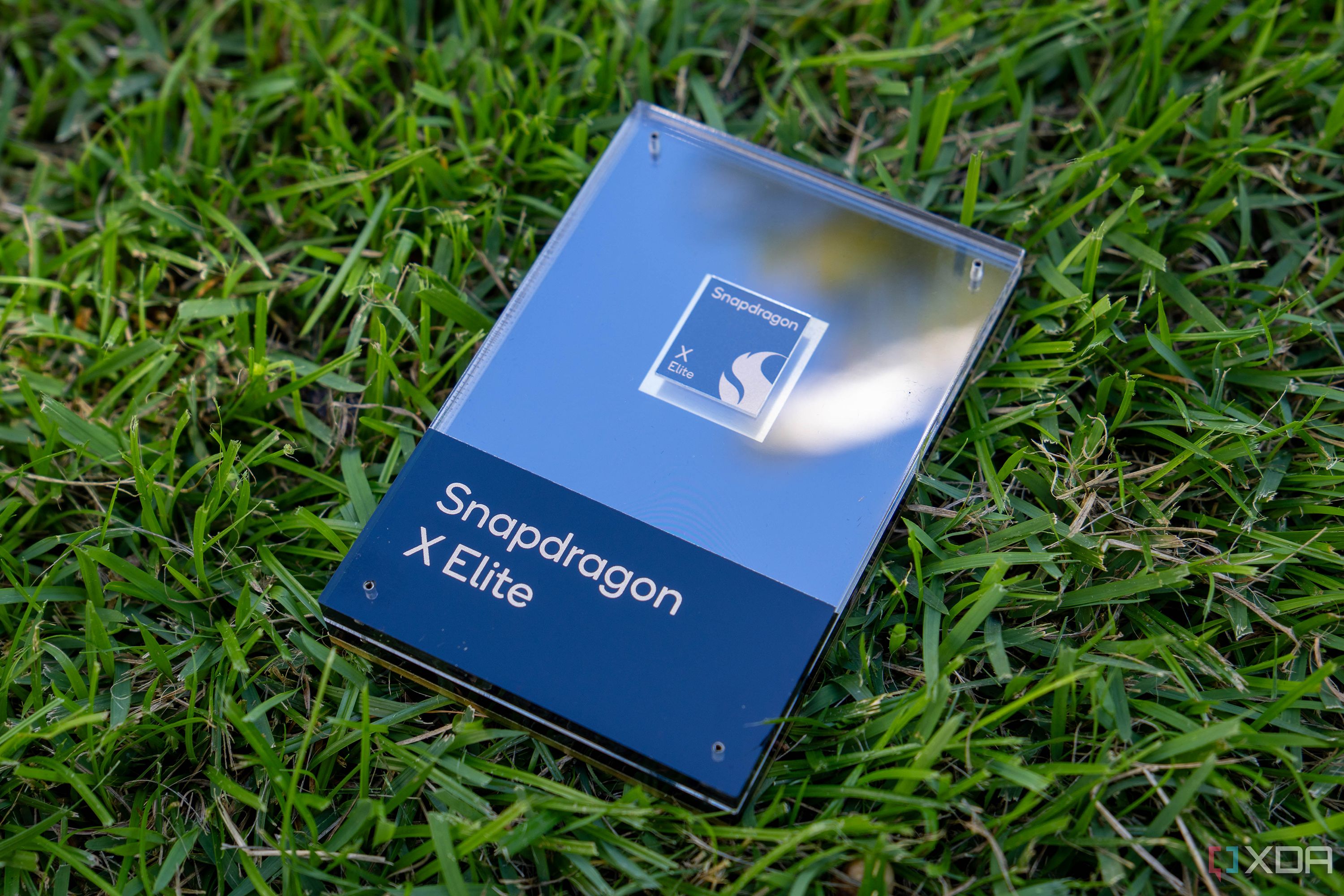
This is arguably more of a Qualcomm announcement than it is a Microsoft one. Still, in reality, the Qualcomm Snapdragon X Elite will likely be exclusive to Windows devices, so this is very much integral to Microsoft’s plans. The Snapdragon X Elite is a revolution in Arm chipsets for Windows devices. The acquisition of Nuvia allowed Qualcomm to develop a fully custom chip based on the Arm architecture, with 12 high-performance cores that promise performance to beat both Intel and AMD in similar form factors. Not only is it faster, though, but you still get the benefits of Arm, with power efficiency that Intel and AMD just can’t match.
While we’ll only see devices with this chip in 2024, this announcement is incredibly exciting and one of the highlights of 2023. Windows will finally have its equivalent to Apple Silicon. If Microsoft and Qualcomm deliver on their promises, it could tip the scale in favor of Microsoft once again, after Apple dominated the laptop space (in terms of buzz) for the past three years. We even have the promise of DaVinci Resolve running natively on Windows on Arm, making video editing viable on true thin and light machines. We can’t wait to see how things pan out for Windows on Arm.
And that’s about it when it comes to Microsoft highlights for 2023. A lot has happened, both good and bad, but ultimately, it was a fruitful year. With Copilot starting to come into its own, the Activision purchase being completed, and the future of Arm PCs looking brighter than ever, the company definitely has some milestones to celebrate.
That being said, moments like Panos Panay’s departure and the unexciting Surface launch definitely left a sour taste in our mouths, so it’s not all perfect. Hopefully, Microsoft can make an even better 2024.
** (Disclaimer: This video content is intended for educational and informational purposes only) **
More...

